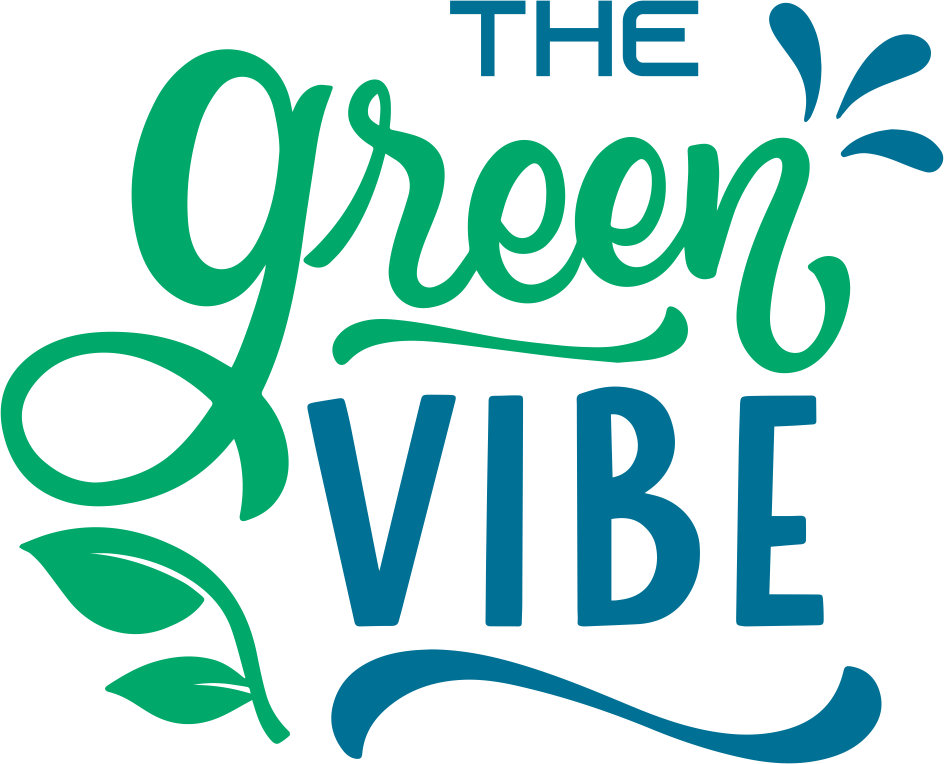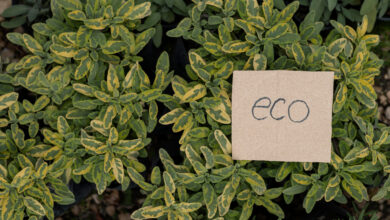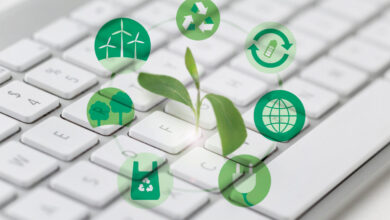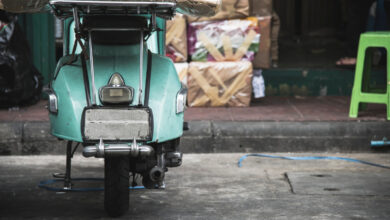Plastic 101: Types of Plastics And Their Recyclability
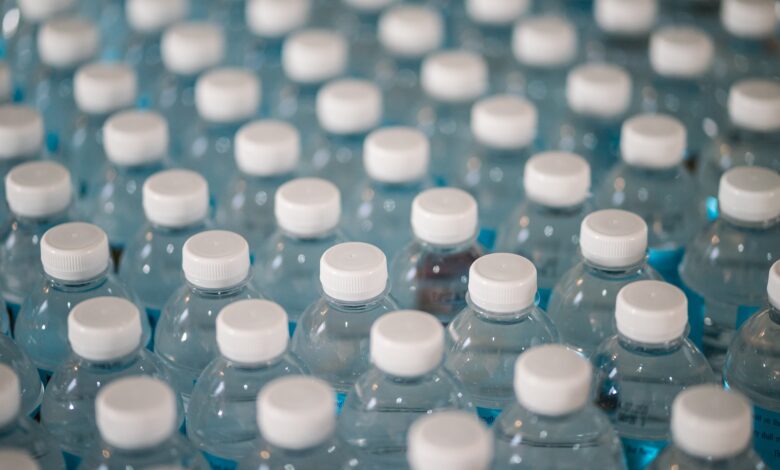
Versatile plastics like PET and HDPE are widely used in various products, making their recycling crucial for sustainability. Mechanical recycling shreds and melts plastic for new products, while chemical recycling breaks it down into molecular components for reuse. Effective recycling reduces waste, conserves resources, and promotes a circular economy.
Plastic is not one type. To be more specific, there are 7 types of plastic available in the world as of now. Each one is distinct from the others. Some are reusable, while others emit hazardous waste after repeated use. A few are easy to recycle, while others require more advanced and elaborate recycling methods.
There’s one crucial thing to remember while getting to know various kinds of plastic: Not all plastics are created equal. That is, plastics are available in a wide range of shapes and colors, as well as many different types for diverse purposes.
Who Classified Plastic Into These 7 Types?
The Resin Identification Code (RIC) system, introduced by the Society of the Plastics Industry in 1988, classified plastic resins into seven different categories.
The goal was to “provide a consistent national system to facilitate recycling of post-consumer plastics.” After a few minor changes, the RIC has become the world’s standard plastic classification.
Plastic resin codes are the numbers assigned to plastics, and they quickly show which type of plastic a product is. The numbers range from 1 to 7, with 7 representing ‘other.’
The following are the most commonly recycled plastics:
1 – Polyethylene Terephthalate (PET) – water bottles and plastic trays
2 – High-Density Polyethylene (HDPE) – milk cartoons and shampoo bottles
5 – Polypropylene (PP) – margarine tubs and ready-meal trays
Somewhat recyclable plastics (at specialist facilities) include:
3 – Polyvinyl Chloride (PVC) – piping
4 – Low-Density Polyethylene (LDPE) – food bags
6 – Polystyrene (PS) – plastic cutlery
Plastics that are extremely difficult to recycle include crisp packets, salad bags, plastic wraps, and other items.

7 Types of Plastic & Their Recyclability
- PET
Polyethylene terephthalate, or PET, is the plastic in Group 1. It is ranked first due to its widespread utility. It is primarily used for food and drink packaging because of its strong capacity to stop oxygen from entering and spoiling the goods inside.
Almost every curbside recycling program collects it, and it has excellent recycling results! Currently, PET bottles are the world’s most widely recycled plastic!
Recyclability: PET plastics are easy to recycle and accepted by the majority of recycling plants, making proper disposal simple. PET plastic is recycled into carpet, furniture, and even winter clothing fiber. PET plastic is mostly recycled to make clothing and other garments.
- HDPE
HDPE, one of the most recent types of plastics, was invented in the 1950s by Karl Ziegler and Erhard Holzkamp. HDPE is the most commonly recycled plastic, and the FDA generally considers it safe for food contact. The unique internal structure of HDPE makes it much stronger than PET, and it can be reused safely. In addition to being able to withstand both high and low temperatures, it is also suitable for items that will be stored or used outside. The risk of HDPE products seeping into foods or fluids is extremely low. This plastic can be found in milk jugs, yogurt tubs, cleaning product containers, body wash bottles, and other similar products. HDPE is also used to make many children’s toys, park benches, planting pots, and pipes.
Recyclability: HDPE is one of the most easily recycled plastic polymers. Non-food application bottles such as detergent, motor oil, household cleaners, and so on, as well as film packaging, are the primary markets for post-consumer recycled natural HDPE.
HDPE is frequently downcycled (a recycling practice that involves the reuse of materials for lower-value products). HDPE is recycled and used to make pens, plastic lumber, plastic fencing, picnic tables, and bottles.
- PVC
Polyvinyl chloride is the third most common synthetic plastic polymer in the world. It is classified into two types: rigid and flexible. PVC is widely used in the building and construction industry in its rigid form to manufacture door and window profiles as well as pipes (drinking and wastewater). It can be made softer and more flexible by combining it with other substances and applied to plumbing, wiring, and electrical cable insulation, as well as flooring.
PVC is now replacing traditional building materials such as wood, metal, concrete, rubber, ceramics, and so on in a variety of applications due to its versatile properties such as lightness, durability, and ease of processability.
Recyclability: PVC manufacturing and disposal had previously been identified as a source of serious health hazards and environmental pollution.
In terms of toxicity, PVC is regarded as the most dangerous plastic. Its use may leach a wide range of toxic chemicals, including bisphenol A (BPA), phthalates, lead, dioxins, mercury, and cadmium.
Many of the substances listed have the potential to cause cancer; they may also cause allergic reactions in kids and obstruct the human endocrine system. In addition, PVS is seldom accepted by recycling facilities. That’s why PVC should be avoided as much as possible.
- LDPE
In terms of structure, LDPE is the simplest plastic, making it extremely easy to manufacture. That is why it is commonly used for a variety of bags. LDPE, a very clean and safe plastic, is also found in everyday items such as plastic wraps, frozen food containers, and squeezable bottles.
It is technically possible to recycle LDPE. In spite of this, just because something is recyclable does not mean it will be recycled. It is common for plastic bags, for example, to get entangled in recycling machinery, putting the whole process at risk. Recycled LDPE is used to make garbage cans, paneling, furniture, flooring, and bubble wrap, among other things.
- PP
PP is one of the most widely used plastics on the market; it is strong and can typically withstand higher temperatures. PP has a wide range of applications, but it is most commonly found in products that come into contact with food and drink, such as Tupperware, yogurt boxes, syrup bottles, and so on. PP pairs well with Precious Plastic.
Recyclability: While it is recyclable, it is thrown away far too frequently. It is recyecled into heavy-duty items such as pallets, ice scrapers, rakes, and battery cables. PP is accepted by many recycling programs.
The next two types of plastics are never recycled but nevertheless, they exist and are used.
- PS
Polystyrene (PS) is a type of styrofoam that is widely used in food containers, egg cartons, paper cups and bowls, packaging, and bicycle helmets.
PS may leach styrene when exposed to hot and oily foods. Styrene is a known toxin to the brain and nervous system. It may also have an impact on the genome, respiratory system, digestive system, and immune system.
Throughout the world, polystyrene is littering beaches and endangering marine life.
Recyclability: Non-existent. In curbside pick-up recycling programs, polystyrene is not accepted. Where it is accepted, it is not separated and recycled.
- Other Plastic
Polycarbonate, polylactide, acrylic, acrylonitrile butadiene, styrene, fiberglass, and nylon are among the remaining plastics. Of course, the plastics classified as “other” by recycling programs differ greatly.
This category includes many BPA products, so they are better avoided, especially in food products. Once created, these plastics are difficult to break down unless exposed to high temperatures.
THE BOTTOMLINE
Plastic recycling has risen in almost every country in recent years, but it is still far from reaching the levels of reuse achieved by aluminum and glass. However, with everyone’s help, recycling will hopefully be the preferred method of plastic waste disposal.
The Disposal Company is a startup dedicated to Plastic Neutrality- a method introduced to recycle more plastic to prevent it from polluting our oceans and going into landfills.
Contribute to plastic recycling and repurposing. To know more about The Disposal Company, head on to www.thedisposal.co
